Little shifts in mindset make all the difference.
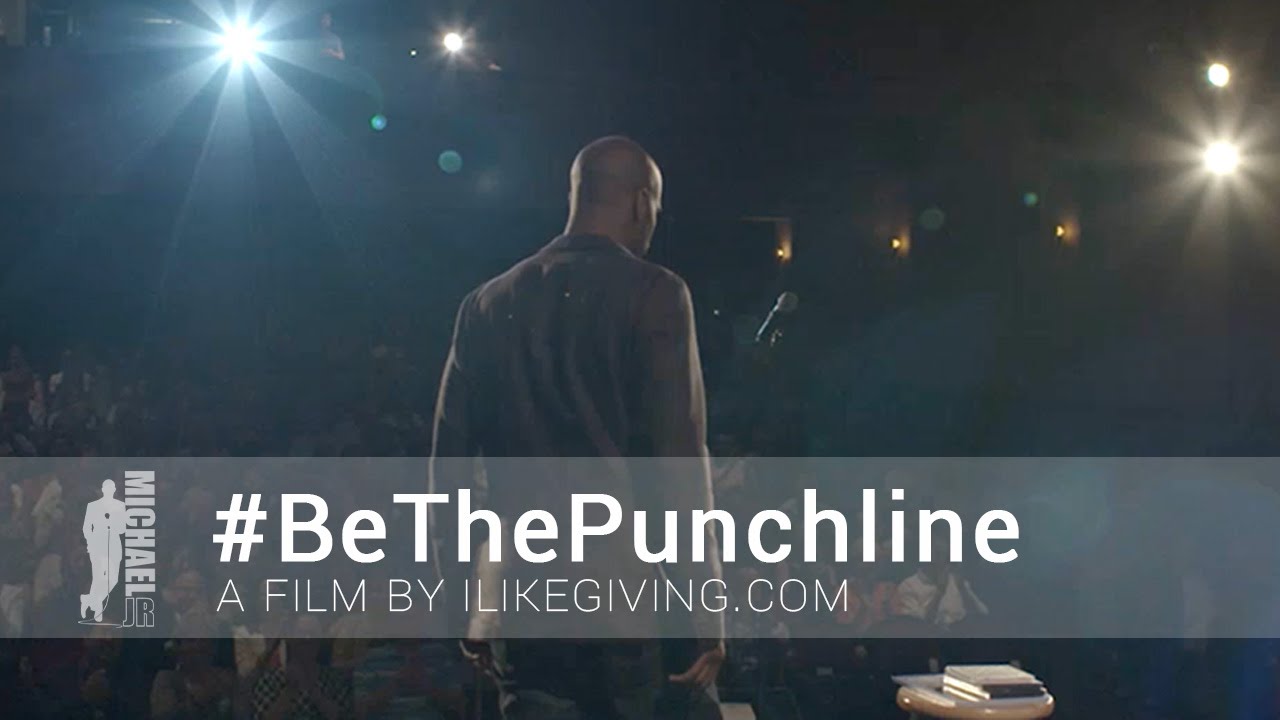

Little shifts in mindset make all the difference.
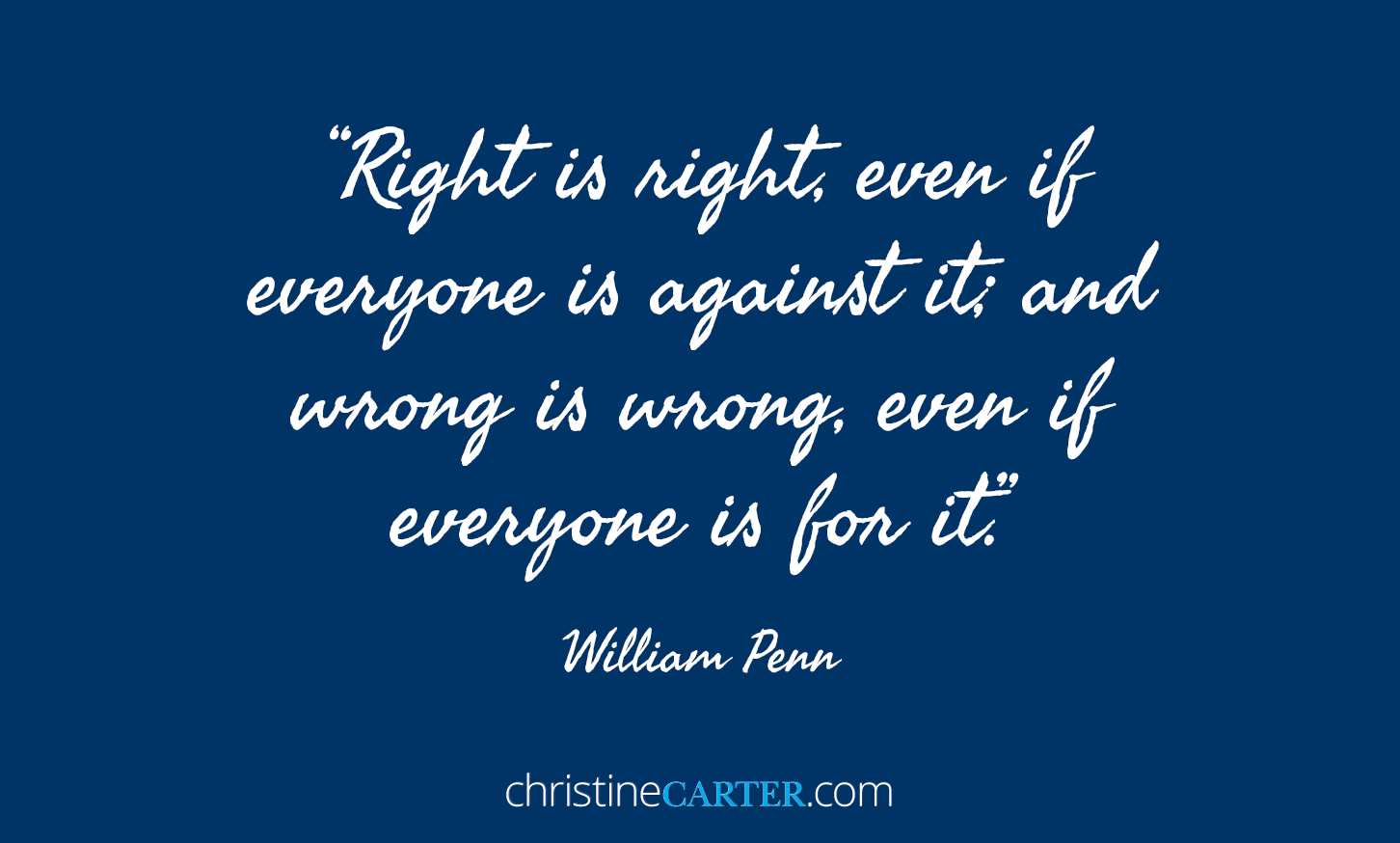
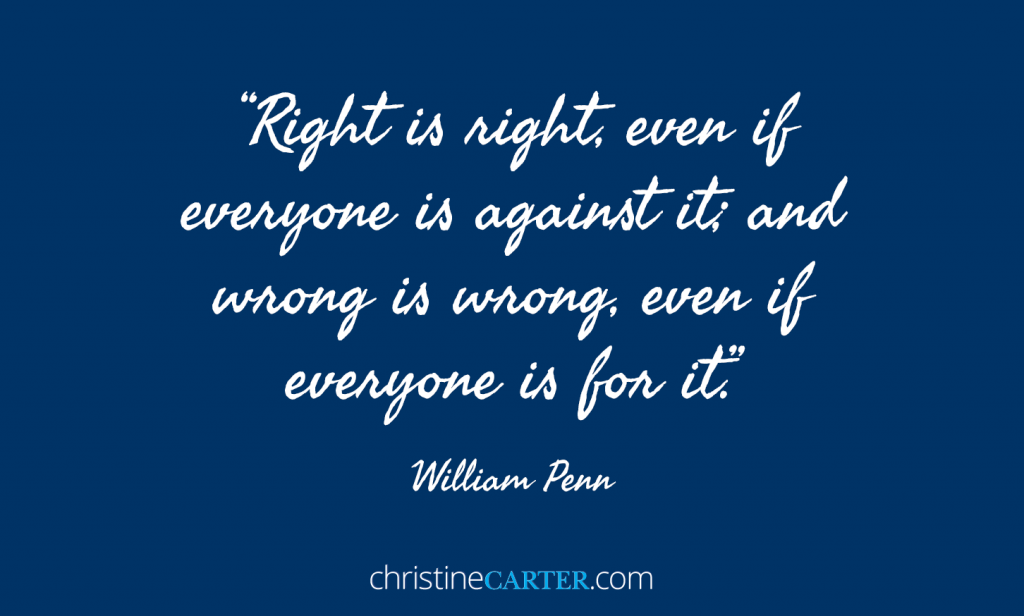
Right is right, even if everyone is against it; and wrong is wrong, even if everyone is for it. – William Penn
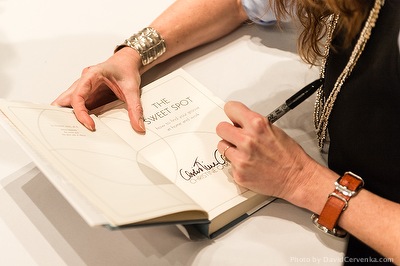
I’ll be in San Jose, CA in a few weeks to participate in a dynamic panel discussion on burnout. We’ll talk through how to expand the amount of time you have to get things done – while fully enjoying the life you’ve worked so hard to create. I hope you’ll join me!
Thursday, April 21, 2016
Watermark Conference for Women
San Jose, CA
Avoid Burnout: Guilt-free Ways to Ask for What You Need and Focus on What’s Important (POE)
Making your life easier doesn’t have to be hard. This panel will offer practical advice for your overworked and multitasking life. Whether you are talking to your boss, client or peer, this session will offer tools to have a priority-based conversation, push back and say No to avoid burnout and still feel successful.
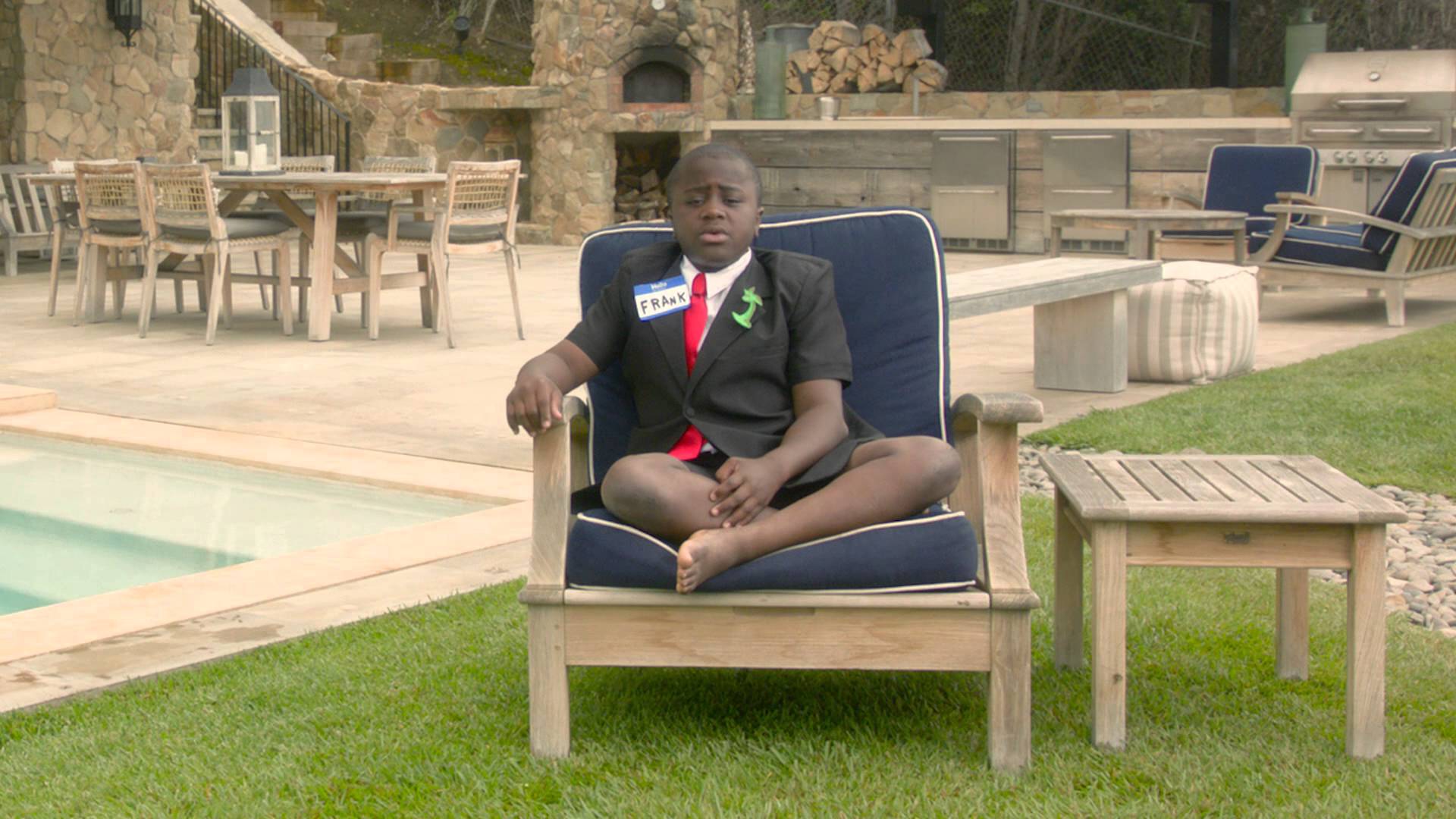
I’ll be back when I’m done having the time of my life. (Chuckle.) Happy Spring Break!
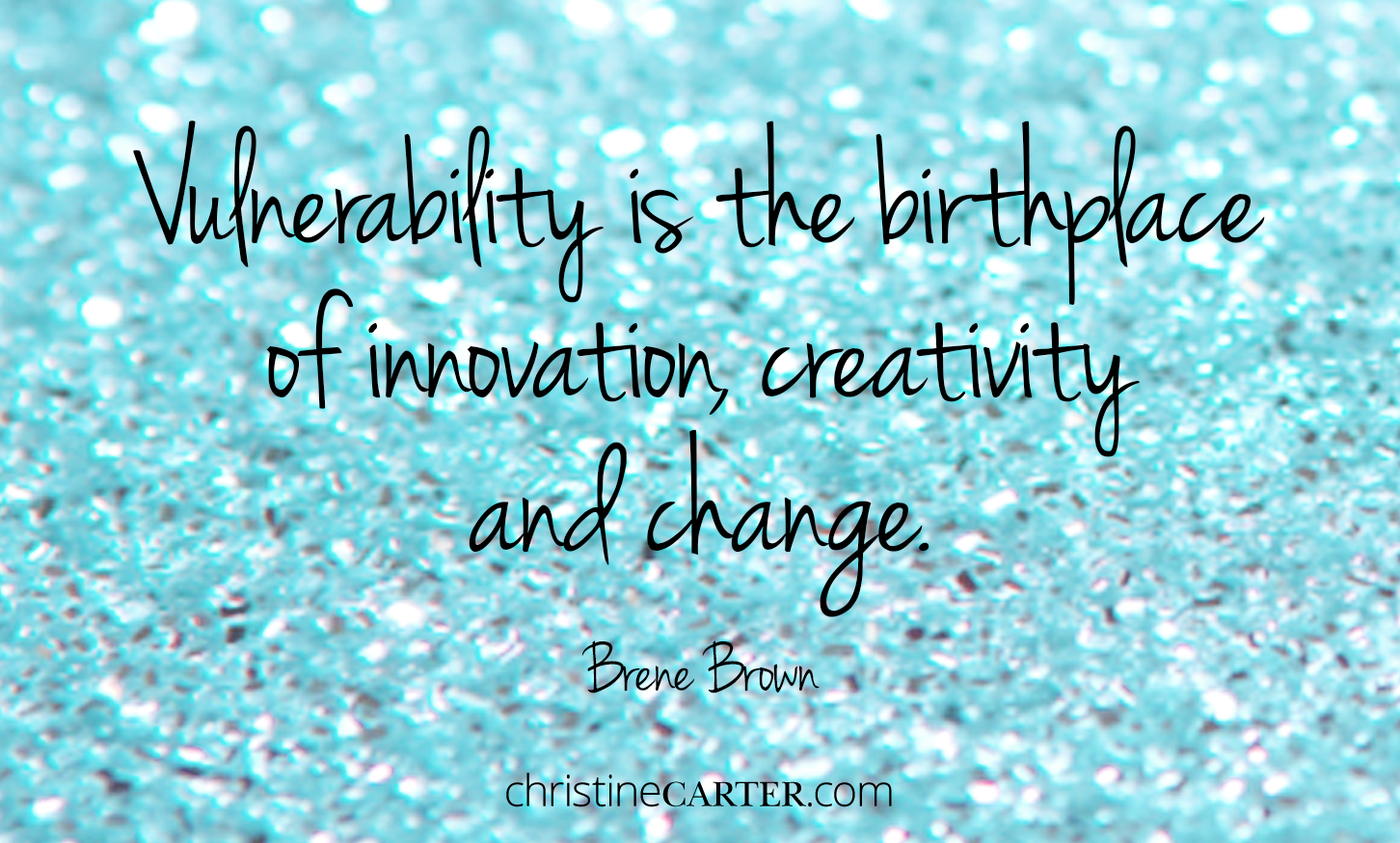
Vulnerability is the birthplace of innovation, creativity and change — Brene Brown
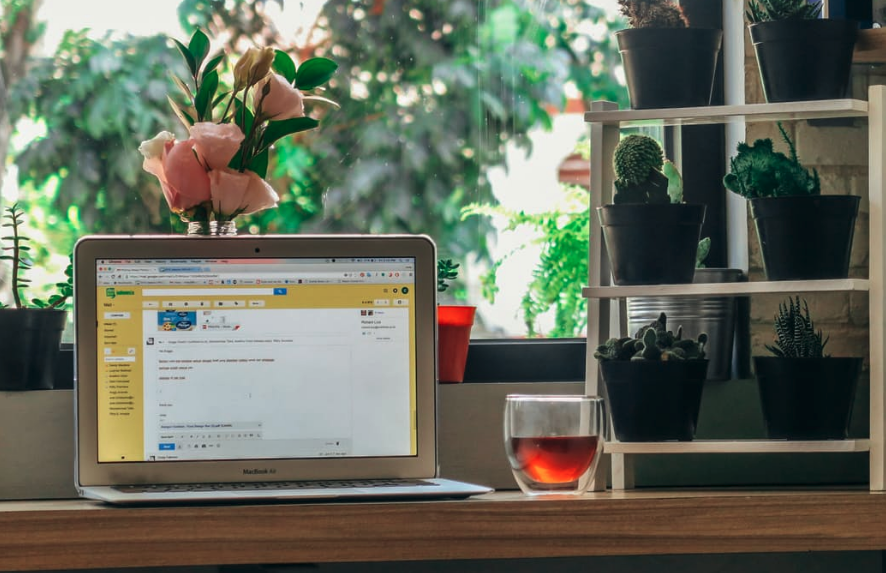
I’ve been studying the problem of email overload and compulsive email checking for years now. The problem is massive, but totally solvable.
There are three main strategies for making email a more powerful and efficient tool. First, make compulsively checking email much less gratifying. Second, make checking email on a planned, set schedule much more gratifying. Finally, and most obviously, reduce the amount of time it takes to read and respond to email. Here’s how:
1. Set up three different email accounts and a “to read” folder or tab:
Batch emails that you like to read but don’t have to read together, either on their own tab or by using a reading app. For example, I use the free app unroll.me for emails from the publications and authors that I love. All of my newsletters and breaking news alerts go into an Unroll.me folder automatically, and so they never clutter my inbox. I read through this folder every morning from the Unroll.me app; it’s an activity that is more like reading the newspaper than it is like checking email.
You’ve now got a work inbox that contains only messages you need to read and respond to when you are working. You can check your personal email when you get home or on the weekend, and you can set aside time to read all the interesting stuff when you aren’t trying to get your work done.
2. Relentlessly unsubscribe. I mean it: Any newsletter or publication that you haven’t read and found interesting in the past three months gets deep-sixed. Marie Kondo the heck out of your email inbox: If a subscription doesn’t spark joy, unsubscribe. Just do it.
For most people, this is so much harder than it sounds, because of their FOMO (fear of missing out). Businesses rely on your FOMO to get their promotions in your hot little hands. Remember that every coupon is available with a quick Google search. So is every event calendar. And even every blog post. Unsubscribe, unsubscribe, unsubscribe.
3. Get to inbox zero every single day. This is how you will ultimately make this method more gratifying than compulsively checking email all day long. The first day you do this, you may have so many emails in your inbox that you need to declare email bankruptcy, or you may need to move ALL of the emails in your inbox to a folder to deal with later.
This means you must block off enough time each day to get all the way to the bottom of your inbox in one way or another. If you need X hours a day to deal with your email, make sure you’ve scheduled X hours daily. Then, when you are in your scheduled time to read and respond to your email, respond to them all in one standard way or another. If a particular email takes more than five minutes to read and respond to, put it in a folder (“to do this week”) and add whatever it entails to your task list. That email is a different kind of work now—it’s a part of a project or something that requires more than just emailing.
4. Take your work email account off your home or personal computer and your phone. This is the truth: You can’t efficiently respond to emails from your phone; you can only monitor what is coming in. And this will keep you from being present wherever you are and doing whatever else you are supposed to be doing.
You are now a strategic email checker. You will respond thoughtfully and thoroughly to your emails, which will not hurt you at work but improve your standing.
(Do you check your work email on your phone when you’re just waiting in line and want to “get stuff done”? That’s a whole other problem. Don’t do it. Let yourself daydream; it will make you more creative when you return to work.)
5. Now remove your personal email account and junk account from your work computer. The first time I checked my work email after doing this, I mostly felt disappointed. It was so much less stimulating. There was nothing in my inbox that I could quickly delete, and nothing fun and stimulating that I could read in two seconds.
This disappointment is important because it started to decrease my deep and persistent desire to check constantly. But another great thing happened: I got to the bottom of my inbox! I replied to everything the same day I received it! How awesome! And satisfying! This accomplishment was so inherently rewarding that it reinforced my new, more strategic email-checking habit.
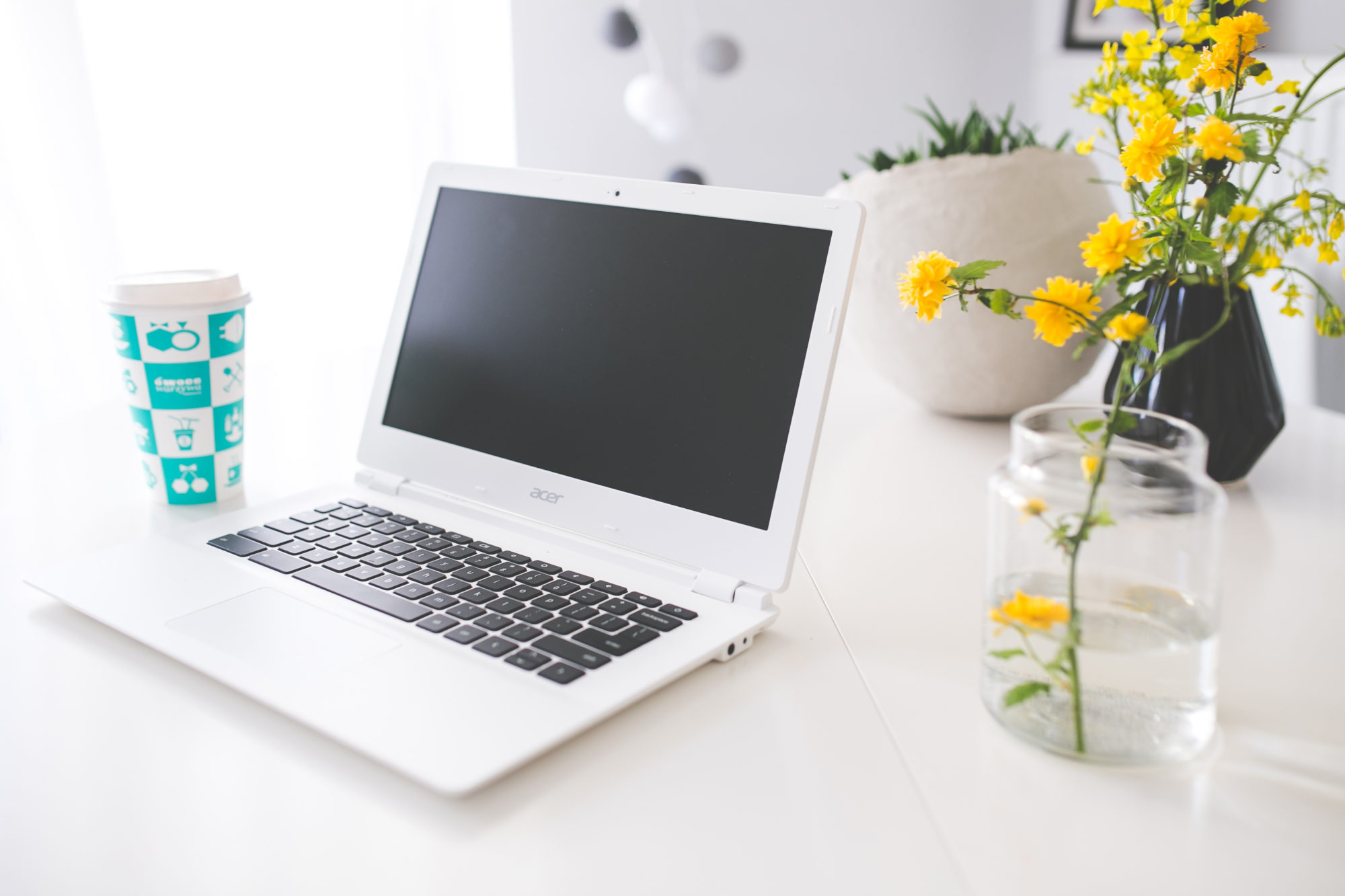
I have a full and rewarding career, and four teenagers who go to four different schools. I couldn’t have the life I do without email. I am certain of this.
But email is also a disaster. It’s mostly a giant to-do list that other people create for you — people (and companies) who don’t know and probably don’t give a damn about your highest priorities — or the other things you’re hoping to get done today.
This is why I aim to spend 45 minutes or less reading and responding to emails a day. This frees up hours and hours to do my most important work, and to do the things that I value the most, like hang out with my children.
There are real challenges to managing the amount of time we spend on email, mostly because email is so satisfying and stimulating and easy to check constantly. It can feel enormously gratifying to delete emails in rapid succession. Checking email excites our brain, providing the novelty and stimulation it adores. In fact, your brain will tell you that you are being more productive when you are checking your messages than when you are disconnected from email and actually focusing on something important.
But checking is not the same as working. While it certainly feels productive to check email or answer a text, constant checking actually reduces our productivity. All that checking interrupts us from accomplishing our more vital work; once we are deep in concentration, each derailment costs us nearly a half an hour — that’s the average amount of time it takes to get back on track once we’ve been interrupted (or we’ve interrupted ourselves by looking at email).
This point is worth lingering on: how productive we are does not correlate well with how productive we feel. Checking our email a lot feels productive because our brains are so stimulated when we are doing it. But it isn’t actually productive: One Stanford study showed that while media multitaskers tended to perceive themselves as performing better on their tasks, they actually tended to perform worse on every measure the researchers studied.
We humans are weak when it comes to resisting our email. The solution is easy: All we need to do is set our email up in a way that makes it less tempting. This post will give you clear instructions for how I cracked that nut. If you’re serious about making a change, sign up to receive Tuesday Tips straight to your inbox!
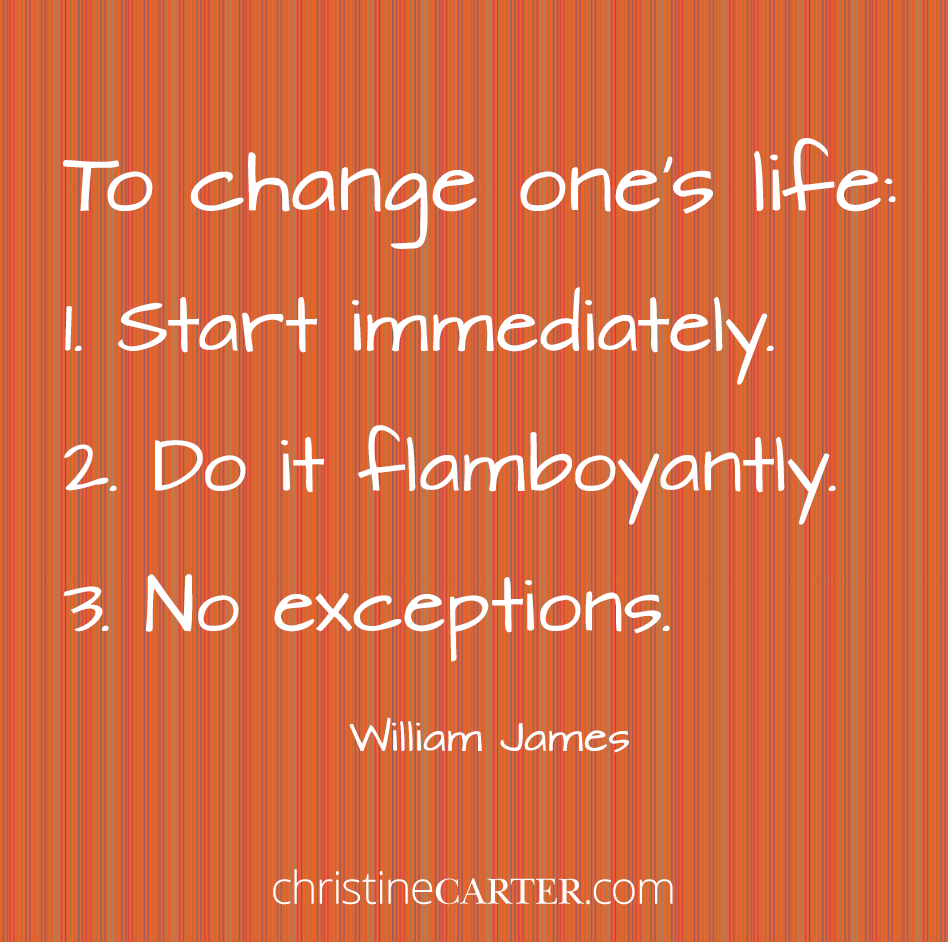 To change one’s life:
To change one’s life:
1. Start immediately.
2. Do it flamboyantly.
3. No exceptions.
William James

Want to know the secret to enjoying next weekend?
Pretend you’re about to move out of town, and spend the weekend seeing the friends you’ll miss the most, in your favorite places.
A writer for Oprah.com recently asked me and some other happiness experts for tips for enjoying the weekend more (read my response here); my favorite suggestion was from psychologist Sonja Lyubomirsky, author of The Myths of Happiness.
Lyubomirsky and her colleagues tested the pretend-you’re-moving tactic by asking research subjects to imagine that they were moving in a month, and to spend their weekend accordingly. Participants “were happier and more appreciative of the people and places around them than those who were just told to keep track of what they did each day,” according to Emma Haak, who wrote the Oprah article (the study hasn’t been published yet). “They savored their time more when it felt finite,” Lyubomirsky explained to Haak.
What is your favorite tip for a happier weekend? Share your ideas in the comments!
Want more tips for living life to its fullest? Check out my latest eCourse: The Science of Finding Your Flow.
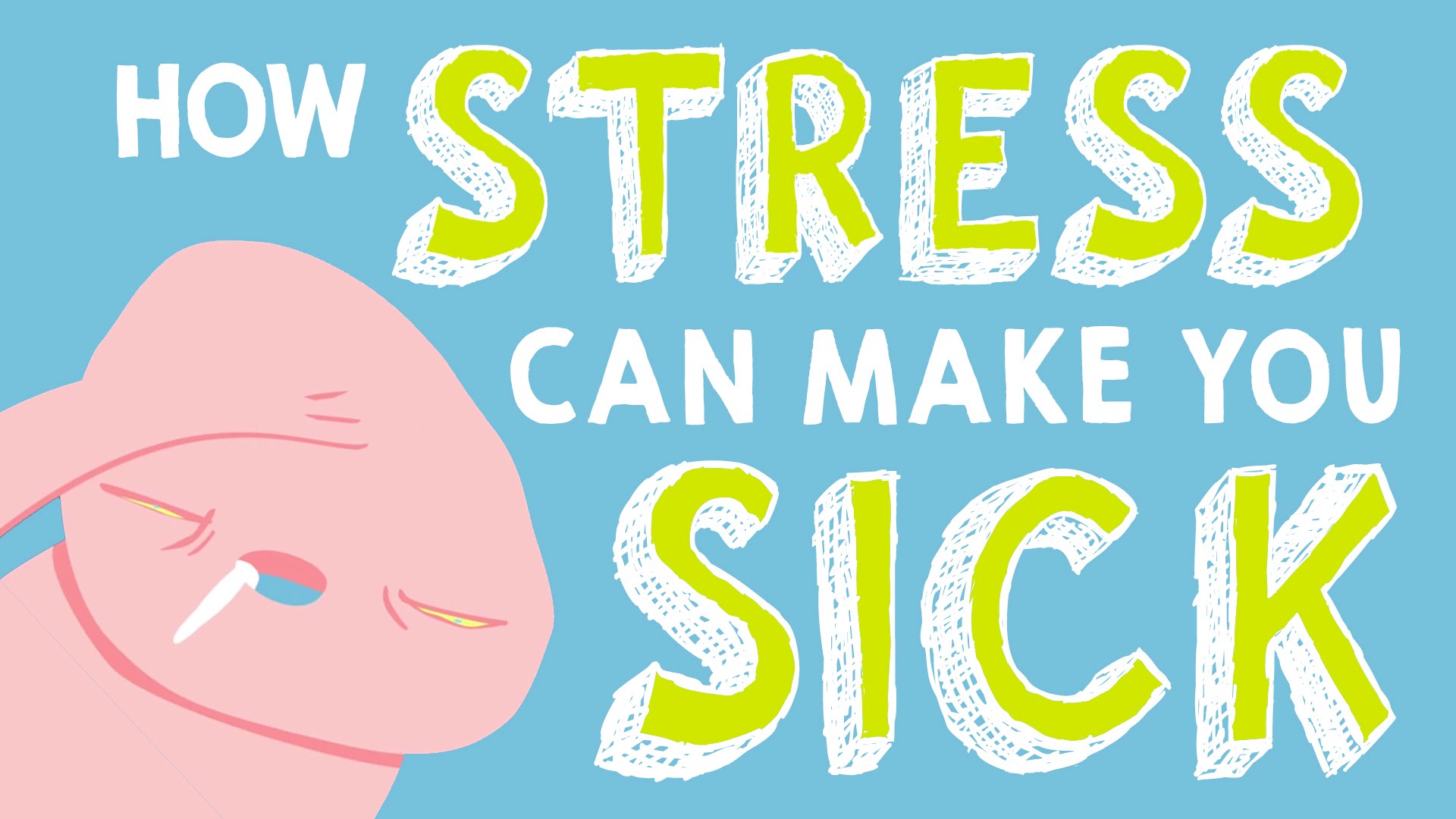
Our hard-wired stress response is designed to gives us the quick burst of heightened alertness and energy needed to perform our best. But stress isn’t all good. Here’s why.